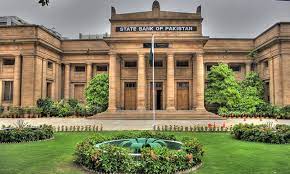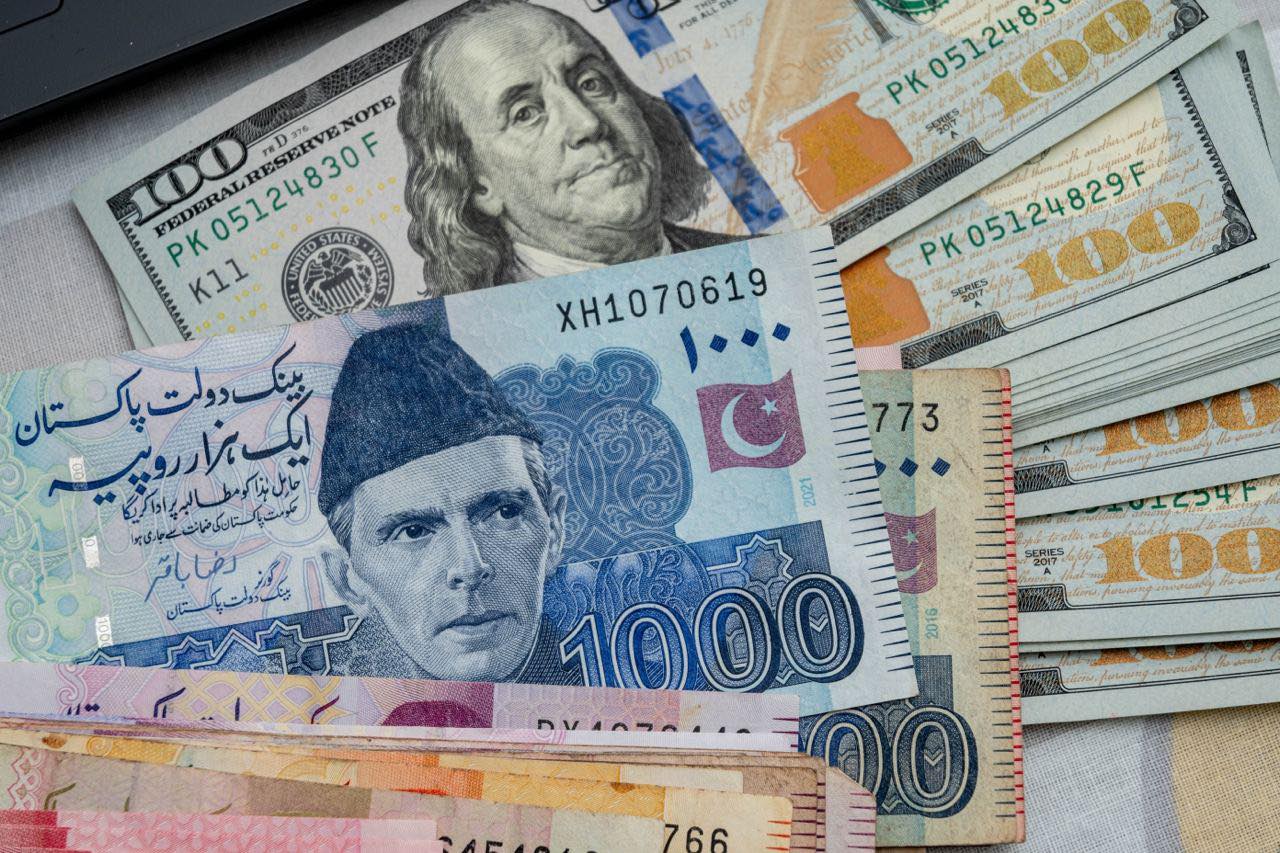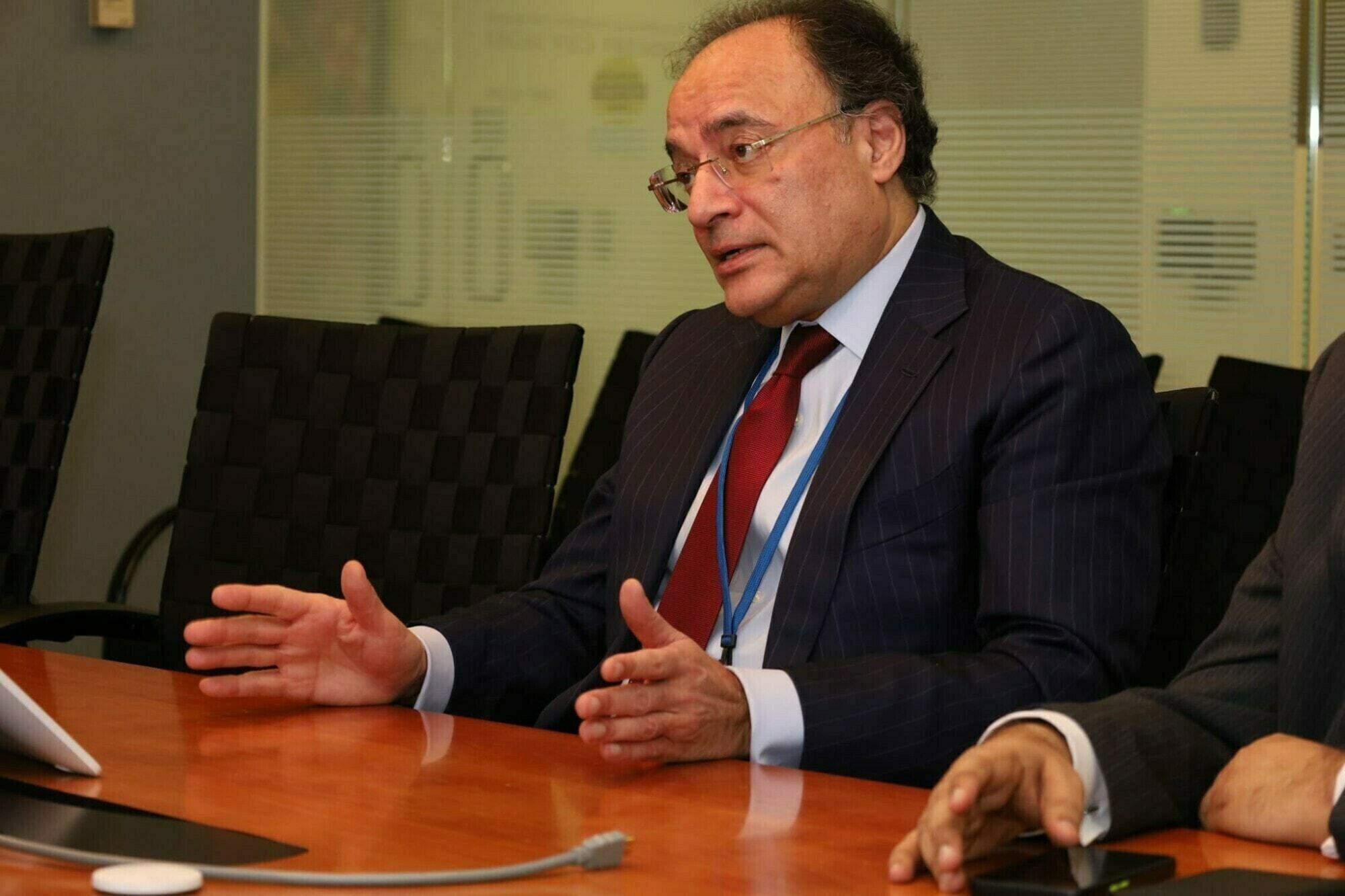PTBP Web Desk
The State Bank of Pakistan’s (SBP) Monetary Policy Committee (MPC) is set to convene its final meeting for 2024, with market analysts widely anticipating a policy rate cut of 200 basis points (bps). This potential cut follows a series of monetary easing measures aimed at boosting economic activity amidst declining inflation rates.
In its November 4 meeting, the MPC surprised markets by slashing the key policy rate by an aggressive 250bps, bringing it down to 15%. This marked the fourth consecutive round of monetary easing since June 2024, reflecting the central bank’s commitment to reducing borrowing costs and spurring economic growth.
Analysts from leading brokerage firms, including Topline Securities and Arif Habib Limited (AHL), have predicted another rate cut of 200bps. A survey conducted by Topline Securities showed that 71% of participants expect a minimum cut of 200bps. Within this group, 63% anticipate a 200bps reduction, while 30% foresee a larger cut of 250bps.
Similarly, AHL’s survey revealed that 73.5% of respondents expect a 200bps rate cut, while 14.7% predict a 150bps reduction. A smaller segment, 11.8%, believes the cut could exceed 250bps.
The driving factor behind the anticipated rate cut is the slowing pace of inflation. In November 2024, Pakistan’s headline inflation dropped to 4.9% year-on-year, significantly lower than October’s 7.2% figure. This downward trend has bolstered expectations of continued monetary easing.
Newly-appointed Advisor to the Finance Minister on Economic and Financial Reforms, Khurram Schehzad, expressed optimism regarding the central bank’s stance. He highlighted that declining inflation would reduce borrowing costs for businesses, encourage industrial activity, and improve fiscal balances through lower debt servicing costs.
Since the last MPC meeting, several key economic indicators have shown positive developments.
Foreign Exchange Reserves:
The SBP’s reserves increased by $13 million, reaching $12.05 billion as of December 6. Total liquid foreign reserves held by the country stood at $16.60 billion, with $4.55 billion held by commercial banks.
Current Account Surplus:
Pakistan recorded a current account surplus of $349 million in October 2024, a significant turnaround from the $287 million deficit during the same month in 2023. This marks the third consecutive month of surplus, reflecting improved external balances.
Oil Prices:
International oil prices have marginally declined, stabilizing above $70 per barrel due to soft global demand. This has eased import-related pressures on the economy.
Currency Stability:
The Pakistani rupee remained relatively stable, depreciating by just 0.1% since the last MPC meeting.
During the November 4 meeting, the MPC cited several factors behind its decision to cut the policy rate by 250bps. These included:
A faster-than-expected decline in inflation, which approached the medium-term target range.
A sharp drop in food inflation, supported by stable global oil prices and the absence of gas tariff adjustments.
Favorable fiscal developments, including reduced pressure from petroleum development levy (PDL) rates.
The committee emphasized that tight monetary policy continues to play a vital role in sustaining the disinflationary trend.
If the anticipated rate cut materializes, it would have several implications for Pakistan’s economy:
Lower Cost of Borrowing:
A reduced policy rate would make borrowing more affordable for businesses and consumers, potentially stimulating investment and consumption.
Improved Fiscal Balance:
Lower interest rates would reduce debt servicing costs for the government, freeing up resources for development projects.
Boost to Industrial Activity:
With cheaper financing, industries could expand operations, leading to higher production and job creation.




